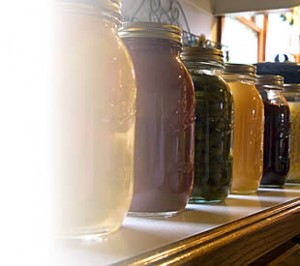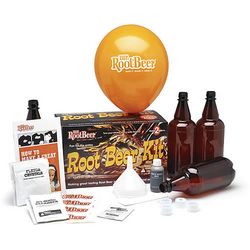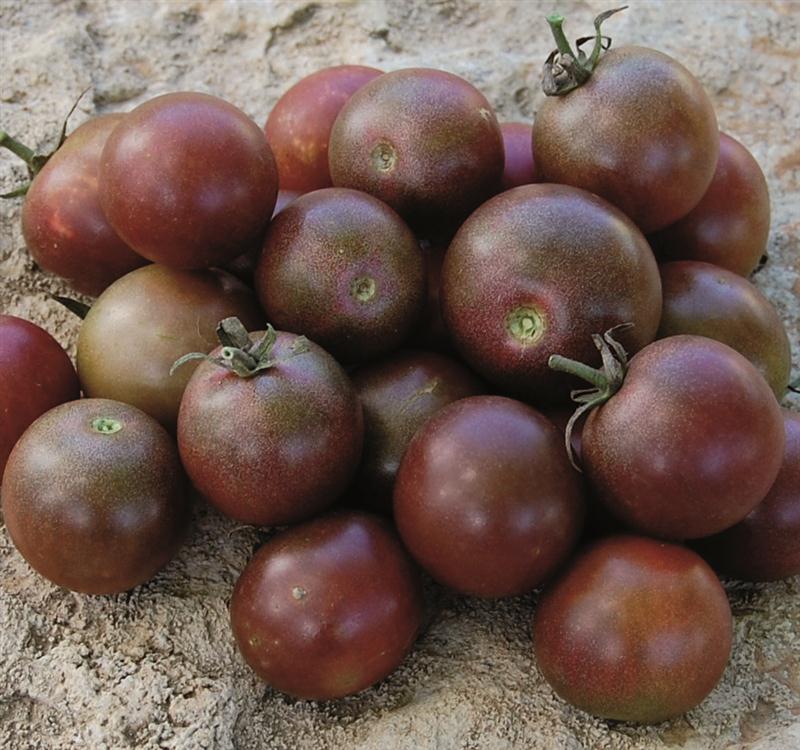
I was beginning to lose hope but at long last my seeds have decided to welcome spring. I have flats and greenhouses and all many of crazy places around the farm, and they’re getting green, with little growing things.
Experimenting with Tomatoes
I was especially pleased to see my Black Cherry Tomatoes have sprouted. The germination rate is 90%, a good number for me. The real test will be, not just what emerges but what makes it through to productivity. I only planted 15 pots and I spread them among three different kinds of pots.
I seeded 5 in plastic seed flats, 5 in paper pots I made and the final 5 in soil blocks. I want to see if there is any difference in vigor between the three.
I have another idea I want to explore. I always cut off the suckers on my tomatoes although there is disagreement among experts as to whether or not it’s necessary.
The stems that come off are also viable and can be rooted in sloppy soil and then planted to produce another producing tomato. I want to track the yield for these plants as well. I will save seed and check the germination rate of this particular variety when saved over the course of a few years.
Why So Much Work?
It’s a lot of information just for some tomato seeds and one might wonder why I would bother.
Here’s why: The cost of food has become a big issue for so many families, including my own. As food costs continue to rise, the attraction of a backyard or even front yard garden becomes clear.
Tomatoes are great plants for a starting gardener, or a long-time pro. They can be grown in pots on your patio or along a walkway. Simple season extenders make them a reliable crop most places, no matter how short the season.
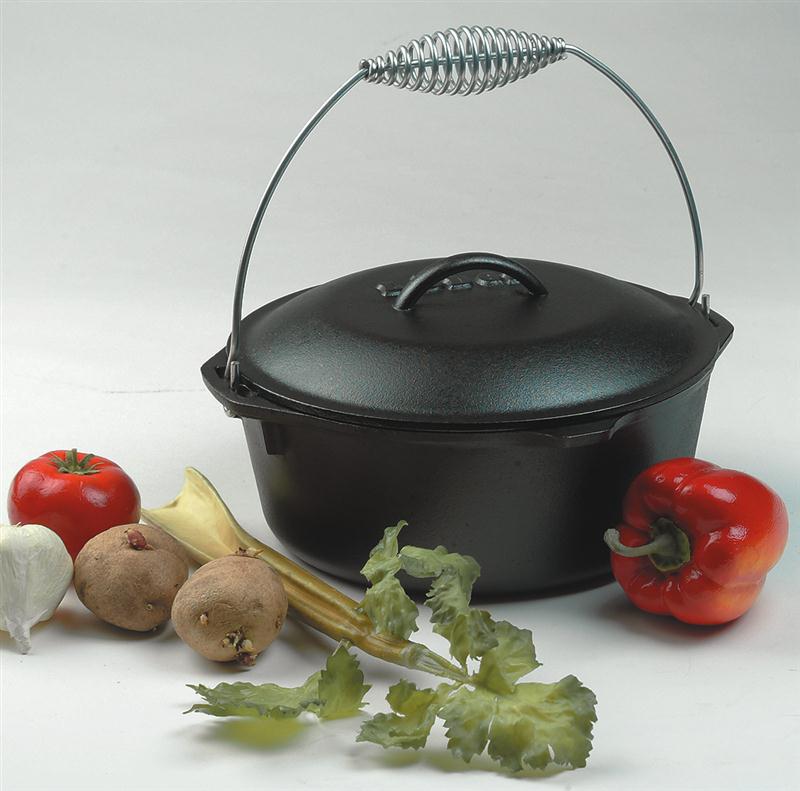
Tomatoes are full of vitamin C as well as other important nutrients and few garden veggies are more versatile. They can be preserved in a boiling water bath when they are abundant and pulled out for recipes in the dead of winter.
Right now, I have a simple stew of beef and tomatoes simmering in my cast iron Dutch oven. The tomatoes were put up last summer. Dinner will be ready when I get home tonight.
Knowing how to grow, care for, harvest, save seed, preserve and use simple foods can be a life-saving skill in hard times.
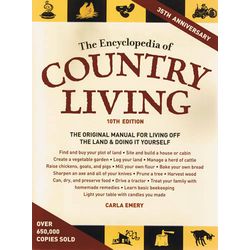
Girls learned these skills as they helped their mothers in the kitchen. Now, I have as many men as woman in my canning classes. This is one place where those that learn these skills now will be far ahead of the learning curve when know-how may mean the difference between eating well or eating poorly.


